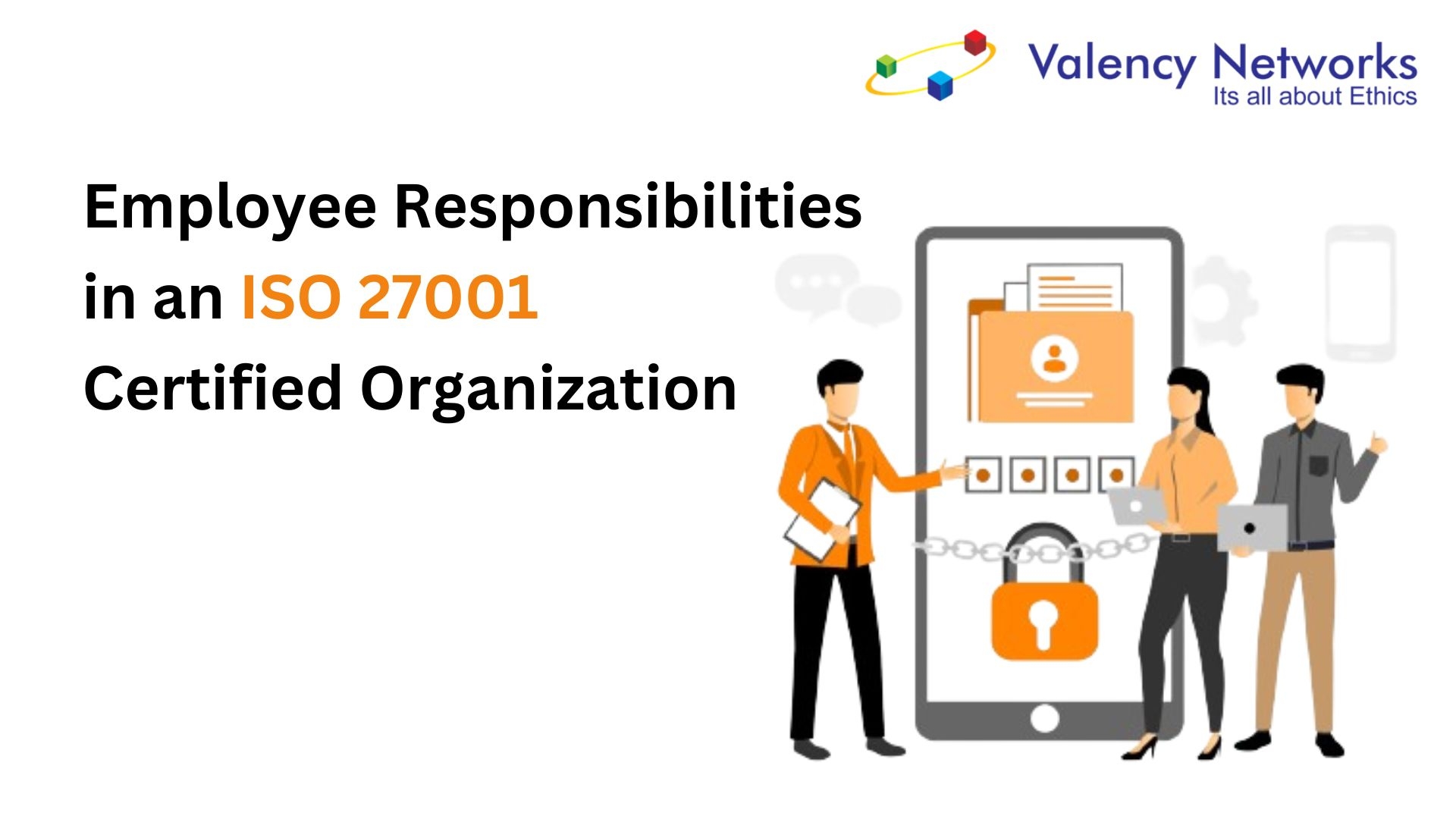- DORA Compliance – A Complete Guide by Valency Networks - 31/01/2025
- Is ICMP Timestamp Request Vulnerability worth considering - 31/12/2024
- Understanding Threat Intelligence in ISO 27001-2022 - 21/11/2024
Understanding ISO 27001 Compliance
ISO 27001 is an international standard for Information Security Management Systems (ISMS). It provides a framework for establishing, implementing, maintaining, and continuously improving information security in an organization. The goal is to ensure the confidentiality, integrity, and availability of information by applying a risk management process and giving confidence to interested parties that risks are adequately managed.
Achieving ISO 27001 certification demonstrates that an organization has identified the risks, assessed the implications, and put in place systematic controls to mitigate them. This involves not just technical controls, but also organizational measures such as policies, procedures, and training.
Common Employee Perceptions of Compliance
Despite the importance of ISO 27001, employees often have misconceptions or a lack of awareness about the compliance requirements. Some typical perceptions include:
- Seeing Compliance as a One-Time Task: Many employees view compliance as a project that ends once certification is achieved, rather than an ongoing process that requires continuous effort and vigilance.
- Underestimating Their Role: Employees often believe that information security is solely the responsibility of the IT or security department, not realizing that their actions play a crucial part in maintaining compliance.
- Ignoring Policies and Procedures: There is a tendency to overlook or lightly regard the established policies and procedures, leading to non-compliance and increased risks.
Duties of Employees for Effective ISO 27001 Implementation
For an organization to maintain ISO 27001 compliance, every employee must understand and fulfill their specific responsibilities. Here are the key duties:
- Understanding Policies and Procedures:
- Employees must familiarize themselves with the organization’s information security policies and procedures. Regular training and awareness programs should be conducted to ensure all staff are up-to-date.
- Example: Regularly reviewing the data handling procedures to understand how to securely process and store sensitive information.
- Following Procedures Diligently:
- Compliance is not just about knowing the policies but actively following them in daily tasks. This includes using strong passwords, adhering to access control protocols, and reporting any suspicious activities.
- Example: Ensuring that sensitive documents are always stored in encrypted formats and not shared via unsecured channels.
- Demonstrating Vigilance:
- Employees should be vigilant and proactive in identifying potential security threats. This means reporting security incidents promptly, participating in security drills, and staying informed about the latest security trends.
- Example: Reporting phishing attempts or any unauthorized access attempts immediately to the security team.
- Maintaining Confidentiality:
- Employees must ensure that they handle all information, especially sensitive and personal data, with the utmost confidentiality. This means not discussing sensitive information in public places and ensuring that electronic communications are secure.
- Example: Using secure communication channels for sharing confidential information and avoiding discussing such matters in public or open environments.
- Practicing Secure Work Habits:
- Simple habits such as locking screens when away from the desk, not writing down passwords, and using multifactor authentication can significantly reduce security risks.
- Example: Always locking the computer screen before leaving the desk, even for a short duration.
Common Areas of Failure and Solutions
- Password Management: Employees often use weak passwords or reuse passwords across multiple platforms.
- Solution: Implement mandatory use of strong, unique passwords and enforce periodic changes. Provide password management tools and training.
- Phishing Attacks: Many employees fall victim to phishing emails due to lack of awareness.
- Solution: Conduct regular phishing simulation exercises and provide training on how to identify and report phishing attempts.
- Data Handling: Improper handling of sensitive data, such as storing unencrypted files on personal devices.
- Solution: Establish strict data handling protocols and ensure all employees are trained on the proper procedures for data storage and transfer.
- Physical Security: Employees leaving sensitive documents unattended or allowing unauthorized persons into restricted areas.
- Solution: Reinforce the importance of physical security measures, such as clean desk policies and visitor management systems.
Conclusion
For ISO 27001 compliance to be effective, it requires a collective effort from all employees in the organization. Understanding and adhering to information security policies, following procedures meticulously, and maintaining a vigilant attitude towards potential threats are crucial responsibilities for every employee. By addressing common areas of failure and implementing robust training and awareness programs, employees can significantly contribute to the organization’s information security and compliance efforts.

